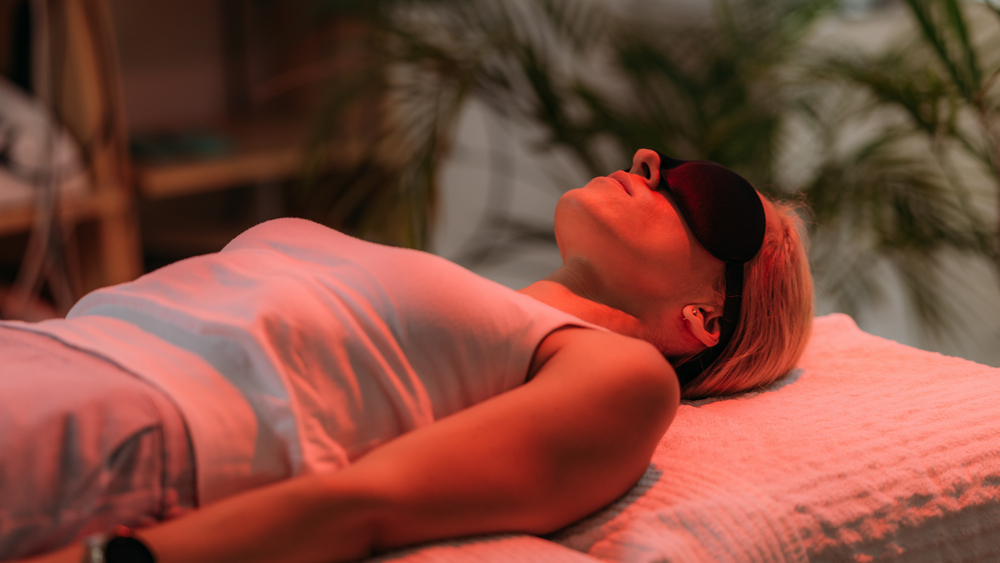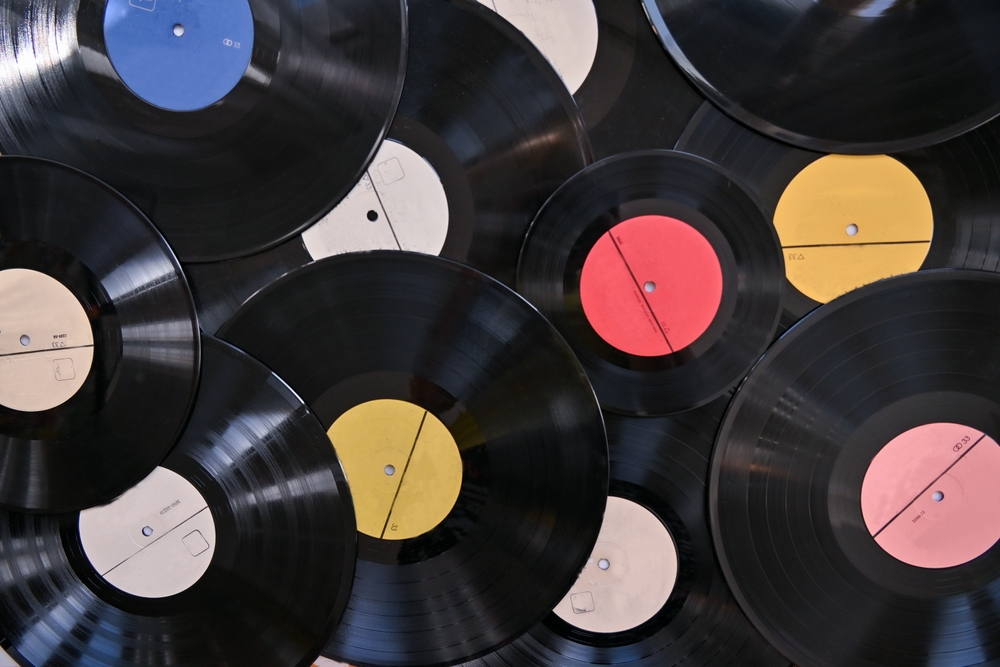Shedding Light on Light Therapy: A Bright Approach to Wellness
Imagine waking up with the sunrise, not to the blare of an alarm but to the gentle glow of light filling your room. This is not a scene from a sci-fi movie but a reality made possible by light therapy, a burgeoning wellness trend that's illuminating the health scene. How can something as simple as light have profound effects on our health? Let's delve into the science and benefits of light therapy.

The Dawn of Light Therapy
The therapeutic use of light is not new. Ancient Egyptians used sunlight for healing, and modern medicine has long known that light can kill bacteria and help wounds heal. But it was only in the late 20th century that scientists began exploring the broader potential of light therapy. They discovered that our bodies’ internal clocks, or circadian rhythms, respond to light and darkness, influencing our sleep patterns, mood, and even our metabolism.
Why Light Matters
Our bodies are finely tuned to the rhythms of the natural world. Sunlight signals our bodies to wake up, stay alert, and produce essential hormones like serotonin and cortisol. As darkness falls, our bodies produce melatonin, preparing us for sleep. But in our modern, artificially lit environments, these natural rhythms can go haywire, leading to problems like insomnia, depression, and seasonal affective disorder (SAD).
Harnessing the Power of Light
Light therapy, also known as phototherapy, aims to reset these natural rhythms and alleviate associated health problems. It works by exposing the body or specific parts of the body to specific wavelengths of light, typically in the form of a lightbox, lamp, or wearable device. The most common use of light therapy is to treat SAD and other forms of depression. But research suggests it may also help with conditions like jet lag, dementia, and even certain skin conditions.
The Bright Side and the Dark Side
Like any therapy, light therapy has its pros and cons. On the bright side, it’s non-invasive, generally safe, and can be done at home. Some studies suggest it’s as effective as antidepressant medications for SAD, without the side effects. On the dark side, it’s not suitable for everyone, especially those with certain eye conditions or sensitivity to light. And while many people find light therapy helpful, it’s not a magic bullet. It’s usually part of a broader treatment plan, which may include medication, therapy, and lifestyle changes.
Light Therapy at a Glance
- Light therapy can help regulate our body’s internal clock, improving sleep and mood.
- It’s commonly used to treat Seasonal Affective Disorder and other forms of depression.
- Recent research suggests potential benefits for conditions like jet lag, dementia, and certain skin conditions.
- Light therapy is generally safe, but not suitable for everyone. Always consult a healthcare provider before starting new treatments.
In conclusion, light therapy shines a bright light on our health and well-being. By harnessing the power of light, we can help reset our bodies’ natural rhythms, improve our mood, and even alleviate certain health conditions. While it’s not a cure-all, it’s a fascinating example of how something as simple as light can have profound effects on our health. As with any health intervention, it’s essential to consult with a healthcare provider and consider it as part of a broader wellness strategy. With the right guidance, you might just find that light therapy brings a new kind of brightness to your life.





